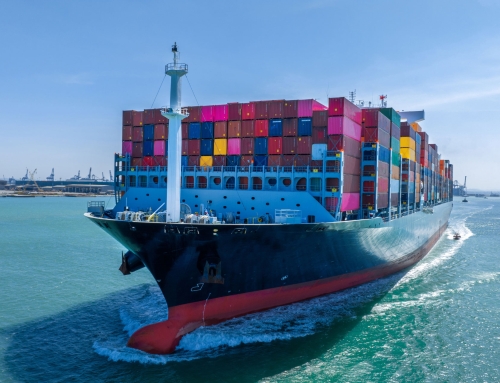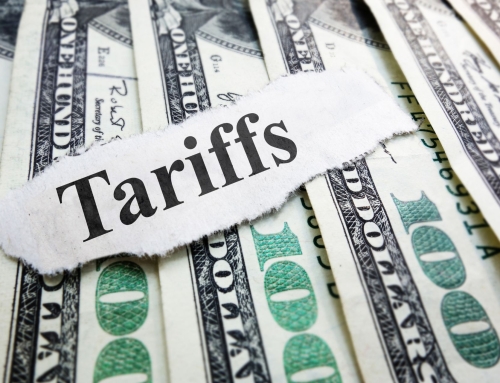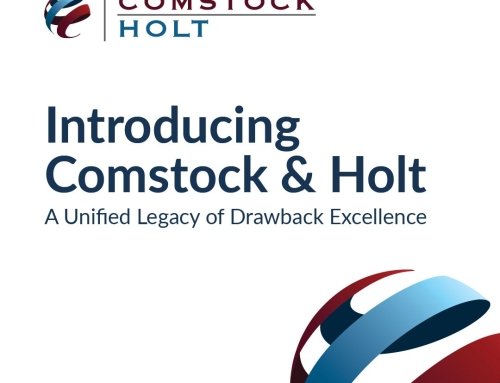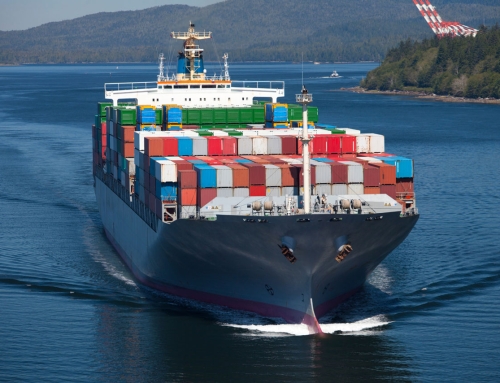How Reciprocal Tariffs Could Impact Your Import and Export Strategy
In a bold move to reshape the global trade landscape, the White House recently invoked the International Economic Emergency Powers Act (IEEPA) to implement a sweeping set of reciprocal tariffs. Announced on April 2, 2025, these measures aim to combat the growing U.S. trade deficit and address what the administration calls an “absence of reciprocity” in international trade relations.
Under the new policy, all goods imported into the United States are now subject to a baseline 10% tariff, effective April 5, 2025. In addition, 57 countries—those with the most significant trade imbalances with the U.S.—face additional tariffs ranging from 11% to 50%, which took effect on April 9, 2025. These tariffs will remain in place until the administration determines that the trade imbalance has been resolved or meaningfully reduced.
As trade policy becomes more aggressive and complex, it’s essential for businesses to understand what reciprocal tariffs are, why they’re used, and how to strategically respond.
What Are Reciprocal Tariffs?
Reciprocal tariffs are trade duties that a country imposes on imports from another nation based on the duties that nation places on its exports. In simple terms, it’s a tit-for-tat approach—if Country A charges a 15% tariff on imports from Country B, Country B might respond by imposing a 15% tariff on goods from Country A.
This approach is designed to equalize trade conditions and ensure a level playing field. Rather than allowing foreign competitors to benefit from one-sided tariff arrangements, reciprocal tariffs are intended to enforce fairness by matching other countries’ tariff rates.
How Reciprocal Tariffs Work
The mechanics of reciprocal tariffs are rooted in matching and balance. If a trading partner imposes higher tariffs on U.S. goods, the U.S. responds by applying the same rates to imports from that country. This strategy aims to:
- Encourage fair trade: By mirroring foreign tariffs, the U.S. pressures trading partners to reduce their barriers or face equivalent treatment.
- Address trade deficits: Making certain imports more expensive may reduce their volume, helping to shrink the trade gap.
- Promote domestic production: Higher import costs can drive demand toward domestically produced alternatives.
For example, if Mexico levies a 10% duty on U.S. cars, under a reciprocal system, the U.S. would apply the same 10% duty to vehicles imported from Mexico.
Why Governments Use Reciprocal Tariffs
Reciprocal tariffs serve both diplomatic and economic purposes:
- Retaliation and leverage: They can act as countermeasures against what a country perceives as unfair trade practices.
- Fairness in trade: By enforcing balanced tariff structures, governments aim to prevent exploitation by trading partners.
- Bilateral negotiations: Reciprocal tariffs can push countries toward mutual reductions in tariffs through trade agreements.
However, while they may seem like a straightforward way to demand fairness, reciprocal tariffs carry several important trade-offs.
Key Considerations for Businesses
If you’re engaged in global trade, reciprocal tariffs introduce new levels of complexity. Here’s what to keep in mind:
- Increased costs: Tariffs typically raise the cost of imported goods, and those costs can trickle down to consumers.
- Supply chain disruption: Long-standing sourcing strategies may need to be revisited, especially if key suppliers are located in countries subject to higher rates.
- Administrative complexity: Managing compliance with dynamic and country-specific tariffs adds another layer of burden to customs operations.
For importers and exporters alike, these new tariff rules require both awareness and action.
Utilizing Drawback as a Duty Mitigation Strategy
Amid these new challenges, there’s an important silver lining: duty drawback is now permitted on reciprocal tariffs. This opens the door for businesses to recover duties paid on imported goods that are later exported or used in the manufacturing of exports. That’s where Comstock comes in.
As one of the largest filers of manufacturing drawback in the U.S., Comstock is uniquely equipped to help businesses navigate this complex and shifting tariff landscape. Our experts are already working with clients to revise methodologies, file accelerated claims, and maximize refunds in light of the new reciprocal tariff regulations.
Whether you’re an importer, exporter, or both—this is a pivotal moment. If you’re looking to reduce costs, improve cash flow, and stay competitive amid ongoing tariff changes, now is the time to act. Contact us today to explore your options and learn how duty drawback can work for your business in the era of reciprocal tariffs.






